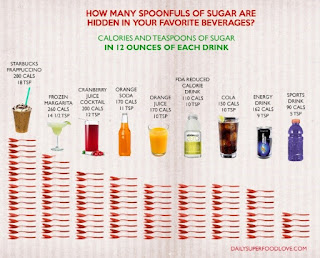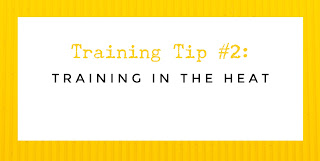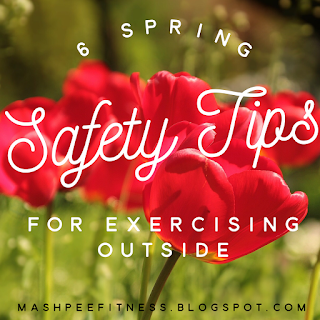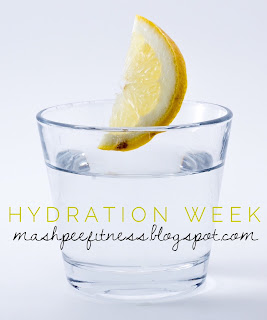What don’t
we need water for?
Water is essential in everyday life. The human body needs water
for anything from digestion to hormone regulation to circulation. The body will
function properly as long as there is an adequate fluid intake. The water we
need can come from both foods and beverages. “In the United States it is
estimated that about 22% of water comes from our food intake while it would be
much higher in European countries, particularly a country like Greece with its
higher intake of fruits and vegetables, or South Korea1.” When the
human body needs more water than what is taken in, dehydration occurs.
Dehydration can have some severe signs and symptoms and can also exacerbate
some medical conditions. Also, certain medical conditions require medication
use that can change how much water the body needs.
Hypertension
and Diuretics
Hypertension, or high blood pressure, is sometimes treated with a
diuretic or “water pill.” Diuretics encourage the body to get rid of “unneeded”
water and salts through the urine. By getting rid of this excess water the
heart can pump more easily and as a result lowers blood pressure. Diuretics can
also be used to treat heart failure, liver problems, and kidney problems. A
common side effect of water pills is increased urination to expel the extra
water from the body. Dehydration can occur in individuals on this type of
medication during exercise due to the increase in perspiration coupled with the
diuretic medication. It is important to remember that diuretics help to get rid
of unneeded water and it is still very important to drink water throughout the
day and when you exercise.
Hypotension
On the other hand, drinking water can actually help hypotension
(low blood pressure). Orthostatic hypotension- low blood pressure caused when
changing from a lying position to a sitting or standing position, often too
quickly- can be mediated by drinking small sips of water over a 15- 20 minute
period1.
Headaches
Drinking water can help get rid of headaches. “Ingestion of water
provided relief from headache in most individuals within 30 minutes to 3 hours3.”
Headaches can be caused for a number of reasons. Dehydration headaches can be
caused by a lack of water or an electrolyte imbalance, so hydrating and
replacing the electrolytes that were lost is best.
Adequate
Intake (AI) for Water
The World Health Organization (WHO) has done multiple research
studies to find out how much water to drink each day. Every person is different
and the amount of water an individual’s needs just to survive varies depending
on age, gender, height, weight, climate, and activity levels. The WHO came up
with an adequate intake guideline. Please keep in mind that 1 liter is equal to
almost 34 fluid ounces.
AI for boys and girls birth to eight years of age2
|
0- 6 months
|
0.7 L/day of water, assumed to
be from milk
|
|
7- 12 months
|
0.8 L/day of water, assumed to
be from milk and other beverages
|
|
1- 3 years
|
1.3 L/day
|
|
4- 8 years
|
1.7 L/day
|
AI for ages nine and older2
|
9- 13 years
|
Boys: 2.4 L/day
Girls: 2.1 L/day
|
|
14- 18 years
|
Boys: 3.3 L/day
Girls: 2.3 L/day
|
|
19- 70+ years
|
Men: 3.7 L/day
Women: 2.7 L/day
|
If you have questions about water intake, dehydration, or its
effects on certain medical conditions, please speak with your doctor directly.
They will be able to help determine exactly how much water you need!
Reference
2. Grandjean, A., & World Health Organization. (2004,
August). Water Requirements, impinging
Factors, and Recommended Intakes. Retrieved
February 13, 2016







